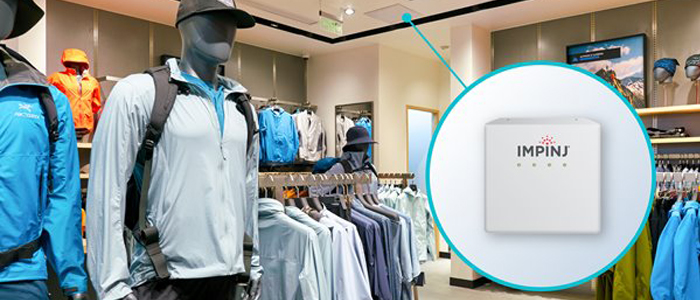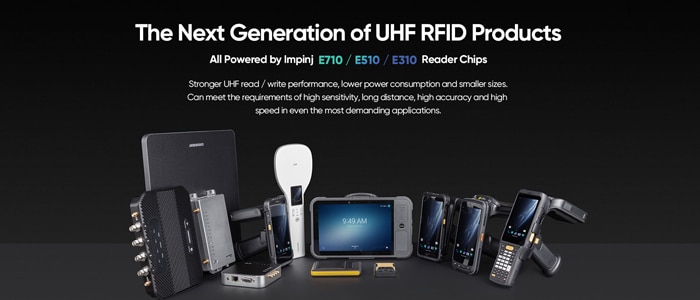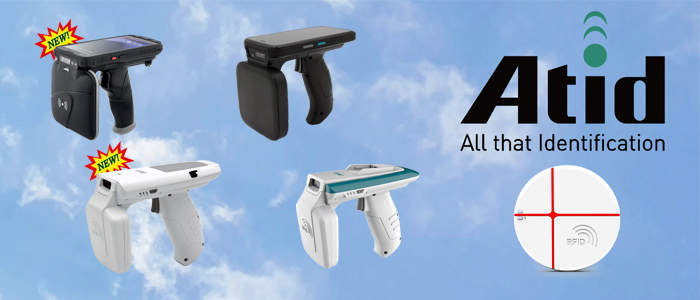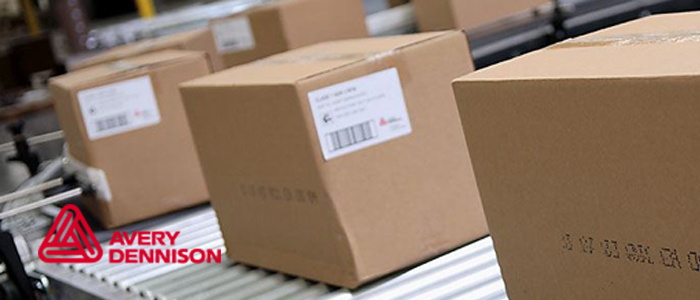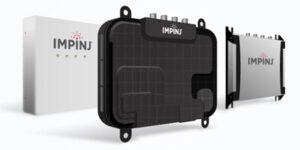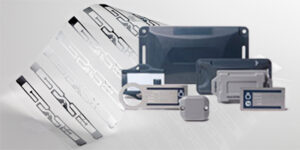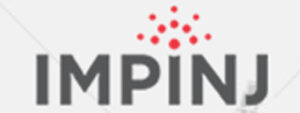 Impinj
Impinj Chainway
Chainway ATID
ATID Avery Dennison
Avery Dennison
Our Products
Our Partners
What is the Radio Frequency Identification (RFID)?

Radio Frequency Identification (RFID) uses electromagnetic fields to automatically identify and track tags attached to objects. An RFID system consists of a tiny radio transponder, a radio receiver and transmitter. When triggered by an electromagnetic interrogation pulse from a nearby RFID reader device, the tag transmits digital data, usually an identifying inventory number, back to the reader. This number can be used to trac inventory goods.
Passive tags are powered by energy from the RFID reader’s interrogating radio waves. Active tags are powered by a battery and thus can be read a greater range from the RFID reader, up to hundreds of meters.
Unlike a barcode, the tag does not need to be within the line of sight of the reader, so it may be embedded in the tracked object. RFID is one method of Automatic Identification and Data Capture (AIDC).
What is the Internet of Things (IoT)?
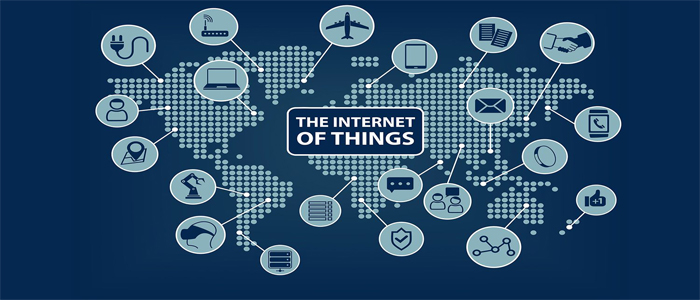
The Internet of Things (IoT) describes the network of physical objects – things – that are embedded with sensors, software, and other technologies for the purpose of connecting and exchanging data with other devices and systems over the Internet.
RFID Technology is a part of the IoT
RFID has made significant strides over the past few decades. Enabling end-to-end visibility, RFID lets customers efficiently track and trace assets and personnel to improve decision making. In the retail industry, for example, customers’ shopping experiences are pivotal to establishing a successful brand name. Enhancing business processes through RFID coupled with greater awareness of the technology is expected to have a considerable impact on its growth. Enhanced benefits in various business processes across supply chains drive RFID reader adoption.
And because RFID allows things to be identified by computer systems, it enables applications to become ‘thing aware’. As a result, RFID is one of the key technologies that the IoT depend on.
The IoT is rapidly changing the way we interact with the world. But for it to work effectively it requires efficient interoperability and communication with a variety of different technologies. Manufacturing, critical infrastructure and health-care businesses have fast-tracked their use of IoT devices, and this trend will continue in the coming years.

